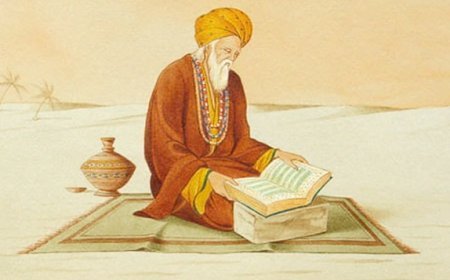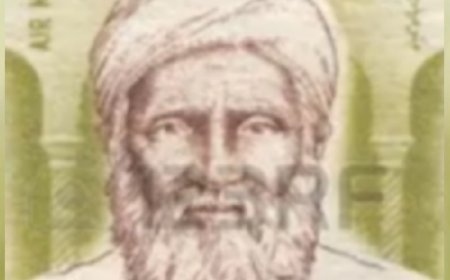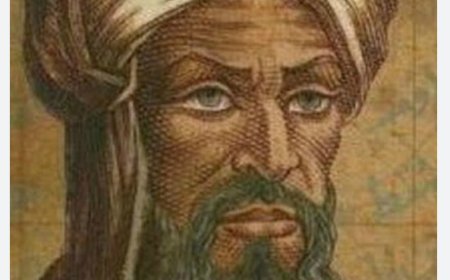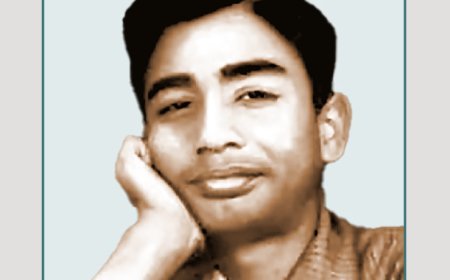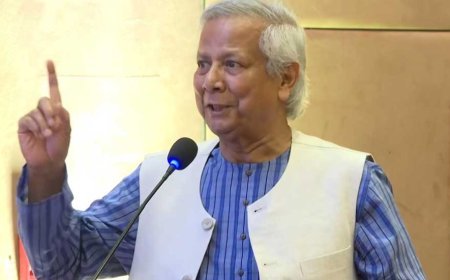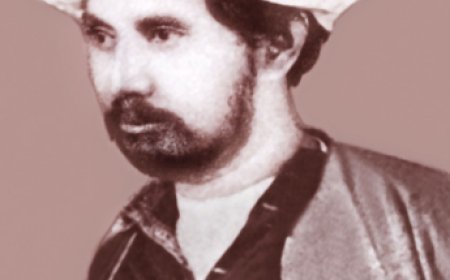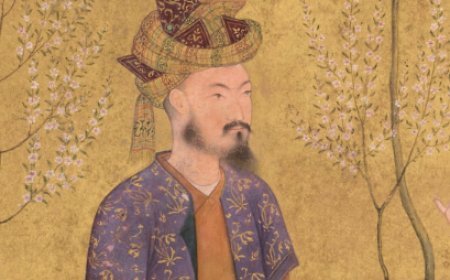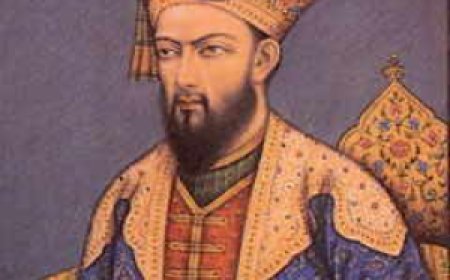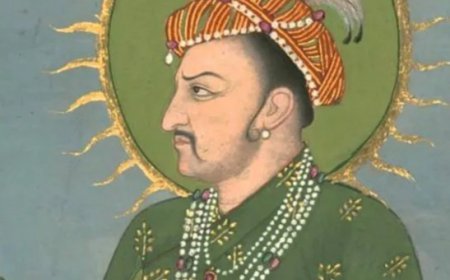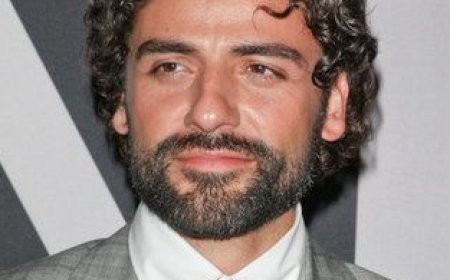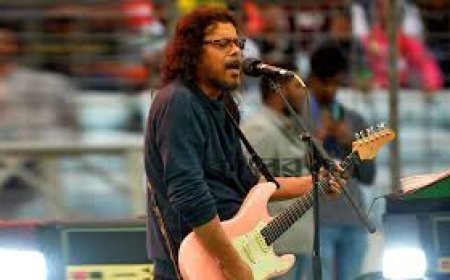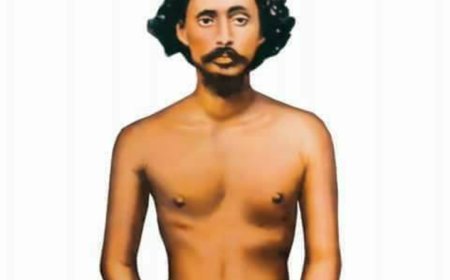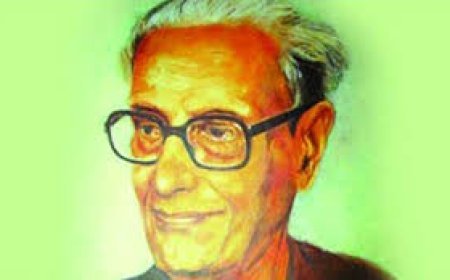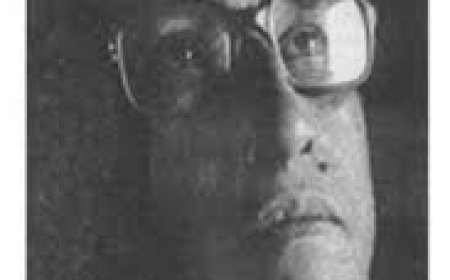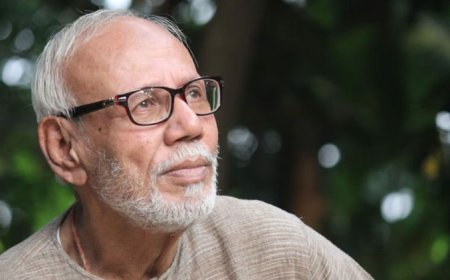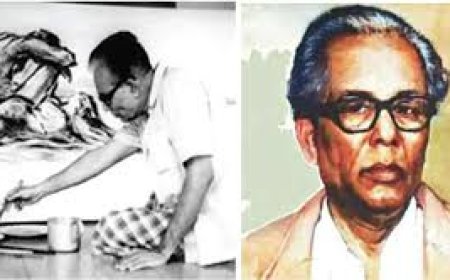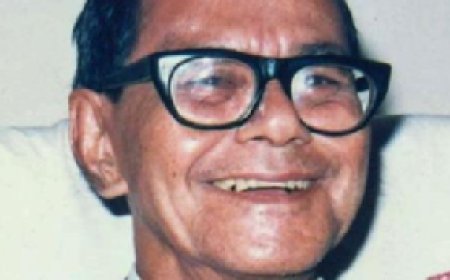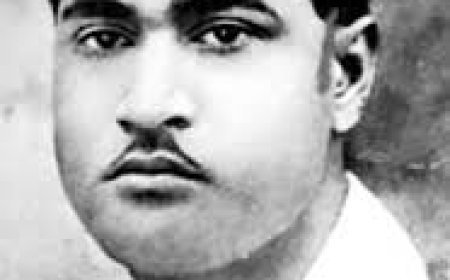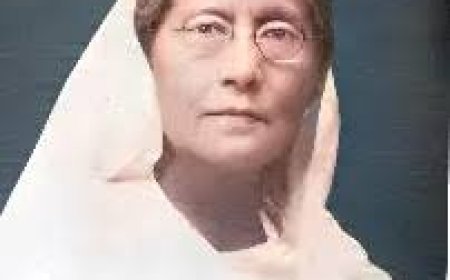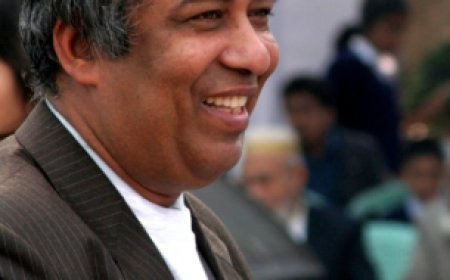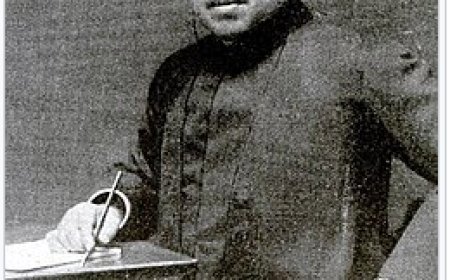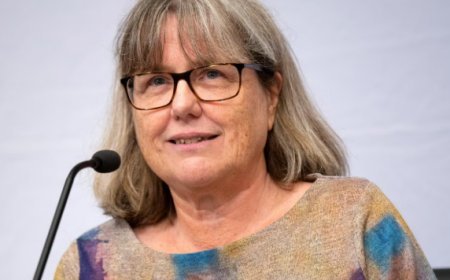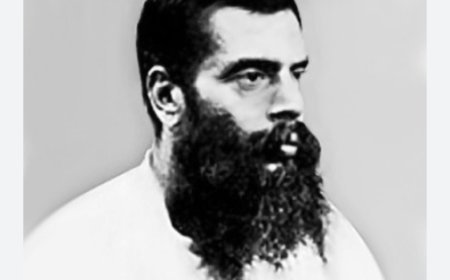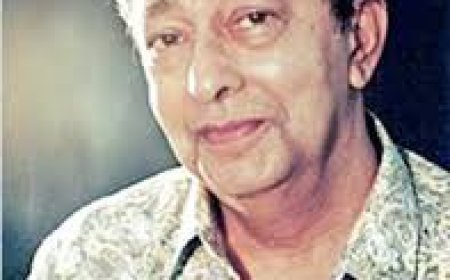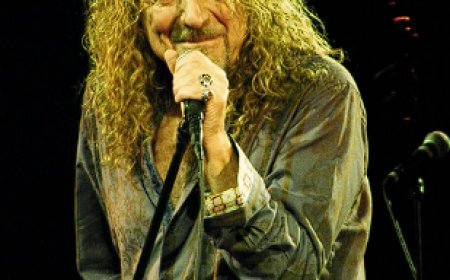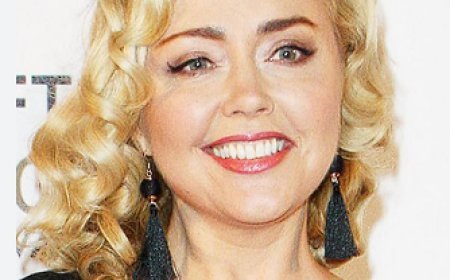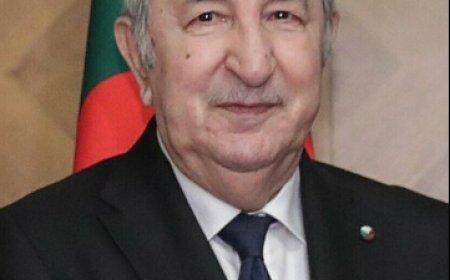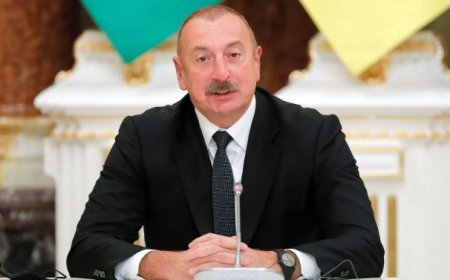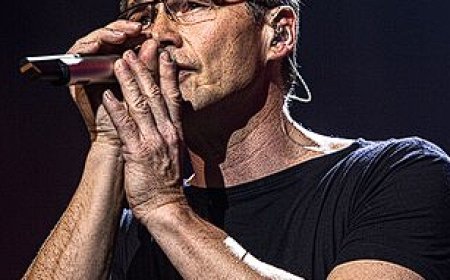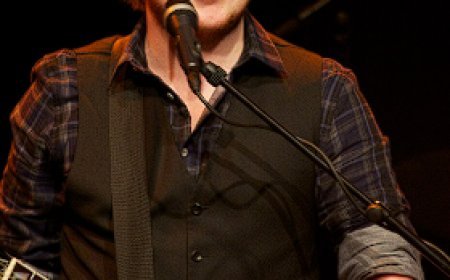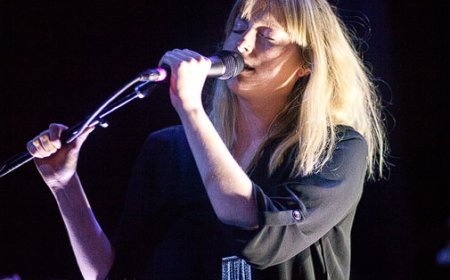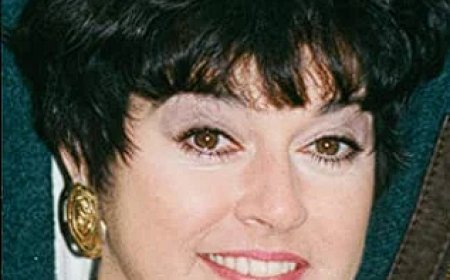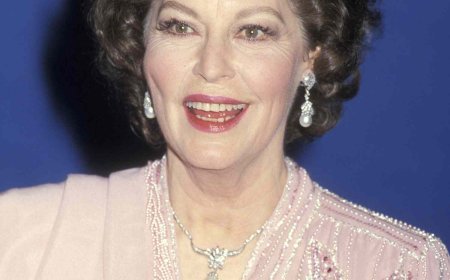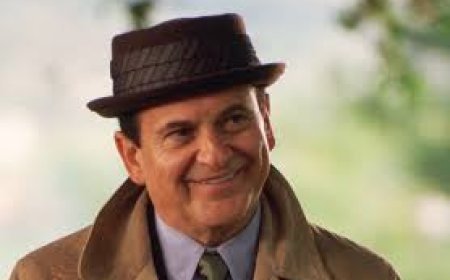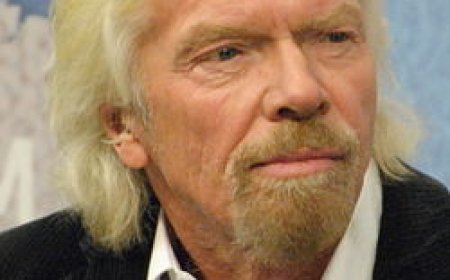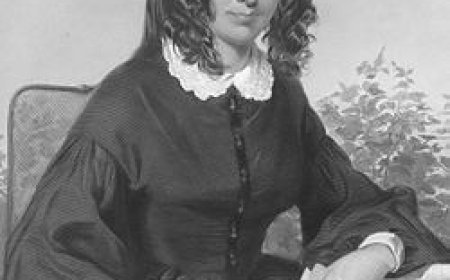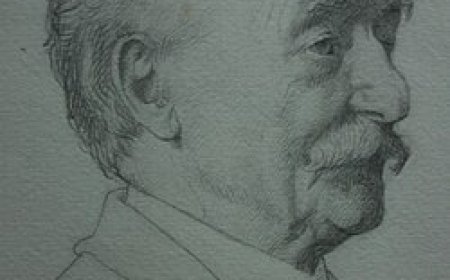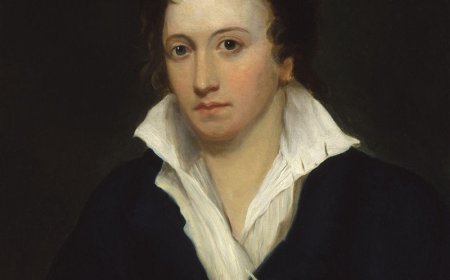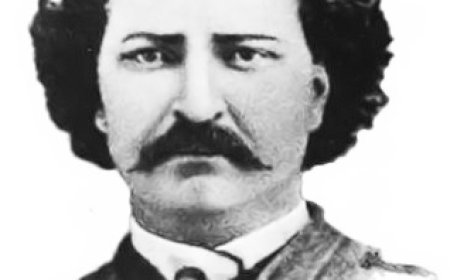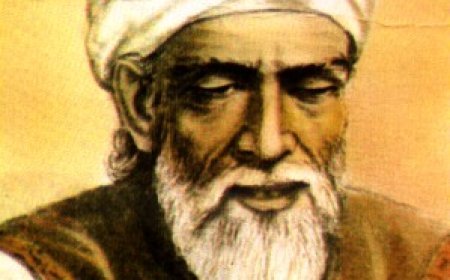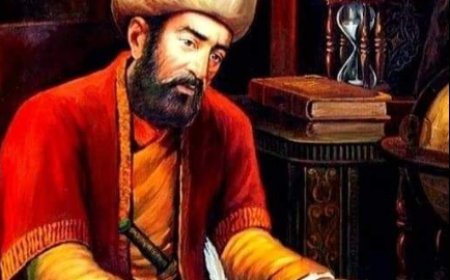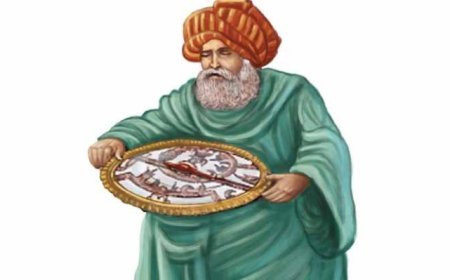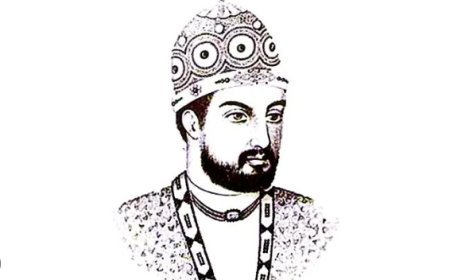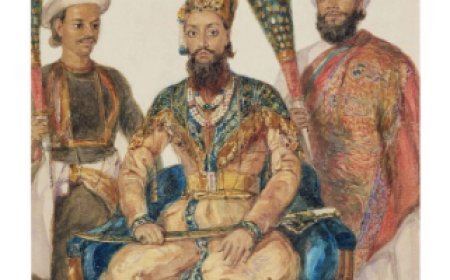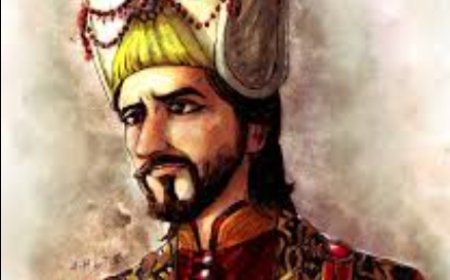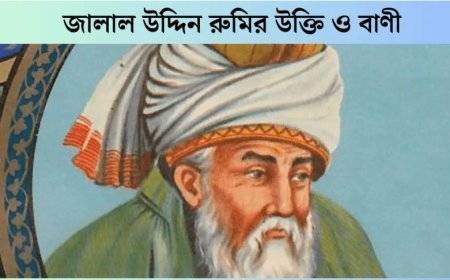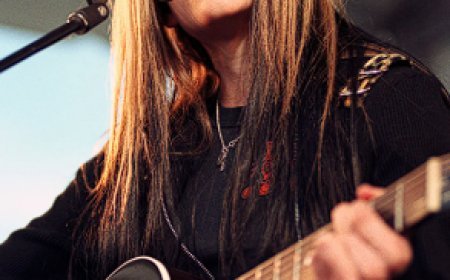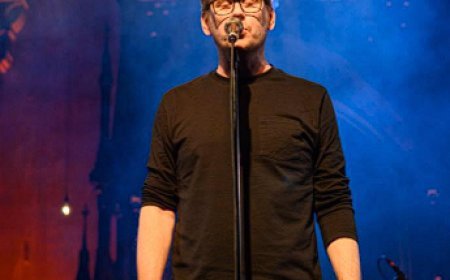biography of Celine Dion
biography of Celine Dion
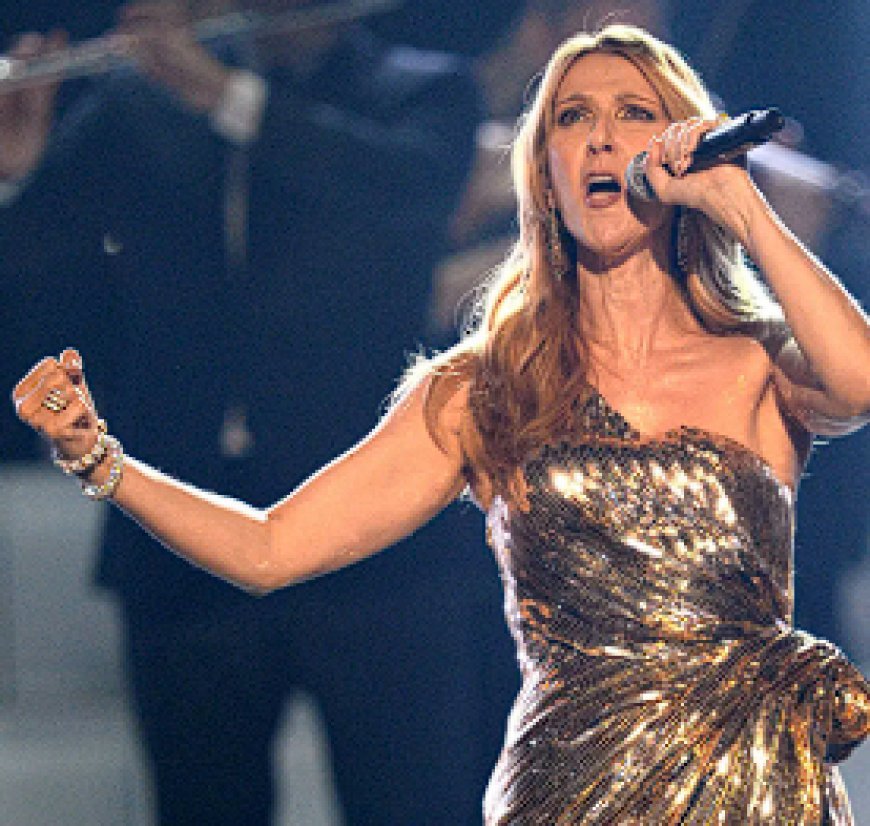
|
Dion in 2012
|
|
| Born |
Céline Marie Claudette Dion
30 March 1968 Charlemagne, Quebec, Canada
|
|---|---|
| Occupations |
|
|
Years active |
1980–present |
| Works |
|
| Spouse |
René Angélil
(m. 1994; died 2016) |
|
Children |
3 |
| Parents |
|
|
Awards |
Full list |
|
Musical career |
|
| Genres |
|
|
Instrument |
Vocals |
| Labels |
|
Céline Marie Claudette Dion
(born 30 March 1968) is a Canadian singer. Referred to as the "Queen of Power Ballads" Dion's powerful, technically skilled vocals and commercially successful works have had a significant impact on popular music.
Born into a large family in Charlemagne, Quebec, Dion was discovered by her future manager and husband, René Angélil, and emerged as a teen star in her home country with a series of French-language albums during the 1980s. She gained international recognition by winning the 1988 Eurovision Song Contest, where she represented Switzerland with the song "Ne partez pas sans moi". Dion went on to release twelve English-language albums, including The Colour of My Love (1993), Falling into You (1996), Let's Talk About Love (1997), and All the Way... A Decade of Song (1999), all of which rank among the best-selling albums in history. Her catalog of high-charting tracks includes "Beauty and the Beast", "The Power of Love", "Think Twice", "To Love You More", "Because You Loved Me", "It's All Coming Back to Me Now", "All by Myself", "I'm Your Angel", "That's the Way It Is", "I'm Alive", and "My Heart Will Go On" – the theme for the 1997 film Titanic, which is the second best-selling single by a woman in history.
Dion continued releasing French-language albums between each English record, with D'eux (1995) becoming the best-selling French-language album of all time. During the 2000s, she built her reputation as a successful live performer with A New Day... on the Las Vegas Strip (2003–2007), the highest-grossing concert residency of all time, and the Taking Chances World Tour (2008–2009), one of the highest-grossing concert tours of the 2000s. Los Angeles Times named her the top-earning artist of the decade, with combined album sales and concert revenue exceeding $747 million. In 2022, Dion canceled her tour due to a diagnosis with stiff-person syndrome.
With over 200 million records sold worldwide, Dion is the best-selling Canadian recording artist, the best-selling French-language artist, and one of the best-selling musical artists of all time. Her accolades include 5 Grammy Awards, 20 Juno Awards and a recognition from the International Federation of the Phonographic Industry for selling over 50 million albums in Europe.[6] Seven of her albums have sold at least 10 million copies worldwide, the second most among women in history. She was ranked among the greatest women in music by VH1 and the greatest voices in music by MTV. Dion is one of the highest-grossing touring artists in history and the second woman to accumulate US$1 billion in concert revenue. One of the wealthiest musicians in the world, Forbes ranked her the highest-paid female musician of 1997, 1998, 2004, and 2006. She received honorary doctorates in music from the Berklee College of Music and the Université Laval.
Life and career
Dion was born in Charlemagne, Quebec, 24 kilometres (15 mi) northeast of Montreal, the youngest of 14 children of Thérèse (née Tanguay, 1927–2020), a homemaker, and Adhémar Dion (1923–2003), a butcher, both of French descent. As the youngest of 14 children, Dion grew up wearing hand-me-downs and sharing a bed with several sisters. As a baby, she slept in a drawer instead of a crib to save money. She was bullied at school and called "Vampire" due to her teeth and skinny frame. Local tabloids even dubbed her "Canine Dion" in the teenage years of her career. She often spoke of running home from school to play music in the basement with her brothers and sisters. "I detested school", she would later write in her autobiography. "I had always lived surrounded by adults and children a lot older than me. I learned everything I needed to know from them. As far as I was concerned, real life existed around them." Dion's eldest sister was already in her twenties, married, and pregnant with her first child at the time that Dion's mother, Thérèse, was pregnant with Dion.
Dion was raised a Roman Catholic in a poor but, by her own account, happy home in Charlemagne Music had always been a major part of the Dion family, and she was named after the song "Céline", which French singer Hugues Aufray had recorded two years before her birth. On 13 August 1973, she performed publicly for the first time at her brother Michel's wedding, singing Christine Charbonneau's "Du fil, des aiguilles et du coton". She continued to perform with her siblings in her parents' small piano bar called Le Vieux Baril, "The Old Barrel".
She suffered a number of accidents as a young child, including an incident at five years old when she was struck by a car as her father and brother Clément looked on. She was hospitalized briefly with a concussion. From an early age, she had dreamed of being a performer. In a 1994 interview with People, she recalled, "I missed my family and my home, but I don't regret having lost my adolescence. I had one dream: I wanted to be a singer." As a child in Quebec, Dion participated in Girl Guide programs as a member of Girl Guides of Canada.
At age 12, she collaborated with her mother and her brother Jacques to write and compose her first song, "Ce n'était qu'un rêve", whose title translates as "It Was Only a Dream" or "Nothing But A Dream". Michel sent the recording to music manager René Angélil, whose name he discovered on the back of a Ginette Reno album. Angélil was moved to tears by Dion's voice and decided to make her a star. In 1981, he mortgaged his home to fund her first record, La voix du bon Dieu, which later became a local No. 1 hit and made her an instant star in Quebec. Her popularity spread to other parts of the world when she competed in the 1982 Yamaha World Popular Song Festival in Tokyo and won the musician's award for "Top Performer" as well as the gold medal for "Best Song" with "Tellement j'ai d'amour pour toi".
By 1983, in addition to becoming the first Canadian artist to receive a gold record in France for the single "D'amour ou d'amitié" ("Of Love or of Friendship"), Dion had also won several Félix Awards, including "Best Female performer" and "Discovery of the Year". Further success came when she represented Switzerland in the 1988 Eurovision Song Contest with the song "Ne partez pas sans moi" and won the contest by a close margin in Dublin. At age 18, after seeing a Michael Jackson performance, Dion told Angélil she wanted to be a star like Jackson. Though confident in her talent, Angélil realized her image needed to be ch anged for her to be marketed worldwide. She withdrew from the spotlight for a number of months, during which she underwent dental surgery to improve her appearance, and was sent to the École Berlitz in 1989 to improve her English. In 1989, during a concert on the Incognito tournée, she injured her voice. She consulted the otorhinolaryngologist William Gould who gave her an ultimatum: have immediate surgery on her vocal cords or do not utilize them at all for three weeks.[28] Dion chose the latter and underwent vocal training with William Riley.
Early Life and French Albums
Céline Marie Claudette Dion was born on March 30, 1968, in Charlemagne, Quebec, Canada. The youngest of 14 children of Adhemar and Therese Dion, she grew up in a close-knit musical family. Her parents formed a singing group, Dion’s Family, and they toured Canada when Céline was still an infant. They later opened a piano bar, where 5-year-old Céline would perform to the delight of customers.
At the age of 12, Dion recorded a demo tape of a song she wrote with her mother. They sent the tape to the manager and producer René Angélil, who handled the career of popular French singer Ginette Reno. After hearing the tape and inviting Dion to perform for him in person, Angélil signed her immediately under the condition that he would have complete control over her career. He mortgaged his own home to finance her debut album, La Voix du bon Dieu.
By 18, Dion had recorded nine French albums and won numerous Felix and Juno awards, the Canadian equivalent of a Grammy Award. In 1988, she won the Eurovision Song Contest in Dublin, and her performance was broadcast live in countries throughout Europe, the Middle East, Australia, and Japan. After this taste of international acclaim, she began looking to the south and American stardom.
American Breakthrough: Beauty and the Beast
Dion recorded her first English-language album, Unison, in 1990. Like most of her English-language albums, it was a collaboration with the songwriter-arranger-musician David Foster. Driven by the Top 5 single “Where Does My Heart Beat Now,” Unison sold more than one million copies worldwide.
Dion’s real breakthrough into pop music stardom came in 1992, when she recorded the theme to Disney’s hit animated feature Beauty and the Beast, a duet with Peabo Bryson. The song, “Beauty and the Beast,” made it to No. 9 on the Billboard Hot 100 and won both a Grammy and an Academy Award.
It was featured on her second English album, Celine Dion, which became her first gold record in the United States and sold more than 12 million copies internationally. Another hit from the album “If You Asked Me To” made it to No. 4 on the Billboard Hot 100 and No. 1 on the adult contemporary chart. The undeniable success of her self-titled effort allowed Dion to launch her first headlining tour in the United States.
trivia :
What's Your Reaction?
 Like
0
Like
0
 Dislike
0
Dislike
0
 Love
0
Love
0
 Funny
0
Funny
0
 Angry
0
Angry
0
 Sad
0
Sad
0
 Wow
0
Wow
0




